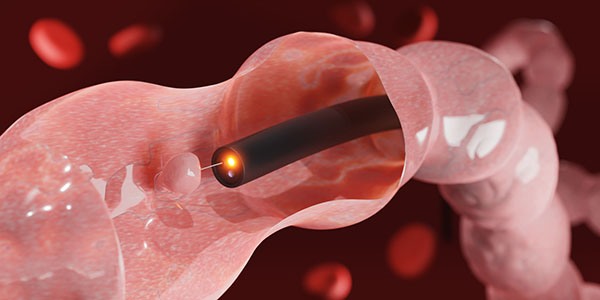The Colonoscopy Process and Procedure: A Detailed Overview
A colonoscopy is a critical diagnostic tool used to examine the interior lining of the colon and rectum. This procedure is pivotal in the detection of colorectal cancer, the removal of polyps, and the diagnosis of gastrointestinal symptoms like abdominal pain or bleeding. Understanding the process and procedure of a colonoscopy can help alleviate apprehension and prepare individuals for what to expect, ensuring the best possible outcomes.
The Colonoscopy Process
The process of undergoing a colonoscopy involves several key steps, each designed to ensure the procedure is as effective and comfortable as possible.
Preparation
Preparation for a colonoscopy often referred to as “prep,” is crucial for clearing the colon of all fecal matter and allowing for clear visibility. This typically involves:
- Dietary Restrictions: Patients are usually instructed to adhere to a clear liquid diet for 24 to 48 hours before the procedure. This includes broth, tea, clear juices, and gelatin but excludes red or purple-colored substances.
- Bowel Cleansing Solutions: Patients must consume a prescribed laxative solution, which induces diarrhea and emptys the colon. The specific instructions can vary, but it’s essential to follow them closely to ensure the procedure’s success.
During the Procedure
A colonoscopy is generally performed while the patient is under sedation to ensure comfort throughout the procedure:
- Sedation: Medication is administered intravenously to induce a state of relaxation and, in some cases, sleep so the patient feels no discomfort.
- The Colonoscope: A long, flexible tube with a tiny video camera at the tip, called a colonoscope, is gently inserted through the rectum into the colon. The camera sends images to a monitor, allowing the gastroenterologist to examine the intestinal lining.
- Air Insufflation: Air or carbon dioxide is introduced through the colonoscope to inflate the colon for better visibility.
- Polyp Removal and Biopsies: If polyps (abnormal growths) are found, they can be removed during the procedure using special tools passed through the colonoscope. Samples of the colon’s lining can also be taken for biopsy.
After the Procedure
Post-procedure care is straightforward, allowing most individuals to resume their regular activities by the next day:
- Recovery: Patients are monitored as the sedation wears off. This can take 1 to 2 hours. Because sedatives can impair reflexes and judgment, patients will need someone to drive them home.
- Post-Procedure Effects: Some cramping or bloating might be experienced due to the air introduced into the colon, but this usually resolves quickly. Any discomfort can typically be managed with over-the-counter pain relievers.
- Results: The results from a colonoscopy can vary. If no abnormalities are found and the patient has a low risk of colon cancer, the next colonoscopy may not be needed for ten years. If polyps were removed or biopsies taken, follow-up might be necessary based on the pathology results.
Importance of Regular Colonoscopy Screenings
Regular colonoscopy screenings are a vital component of preventive healthcare, particularly for those over the age of 45 or with a family history of colorectal cancer. These screenings are the most effective way to detect colorectal cancer early when it is most treatable. Additionally, by identifying and removing polyps before they have the chance to develop into cancer, colonoscopies play a key role in cancer prevention. Healthcare professionals recommend a screening schedule based on individual risk factors, ensuring personalized and effective preventive care.
Navigating the Emotional Aspect of Colonoscopy Screenings
Navigating the emotional aspect of colonoscopy screenings can be a significant part of the preparation for many individuals. The anticipation of the procedure often brings about feelings of anxiety or fear, partly due to the intimate nature of the examination and the concern over potential findings. To manage these feelings, healthcare providers emphasize the importance of open communication, allowing patients to express their fears and ask questions about anything they’re unsure of. Additionally, understanding the procedure’s benefits and its role in preventive healthcare can also provide reassurance and motivate individuals to proceed with the screening. Building a support system, whether through friends, family, or support groups, can further help individuals cope with the emotional aspects and feel more comfortable and supported throughout the process.
Conclusion
A colonoscopy is a safe and highly effective procedure that plays a crucial role in preventing colorectal cancer and diagnosing gastrointestinal conditions. While the preparation process can be somewhat inconvenient, the benefits of undergoing a colonoscopy far outweigh the temporary discomfort. By closely following pre-procedure instructions and understanding the process, patients can ensure a smooth experience and contribute to their long-term health and well-being.



 Close
Close